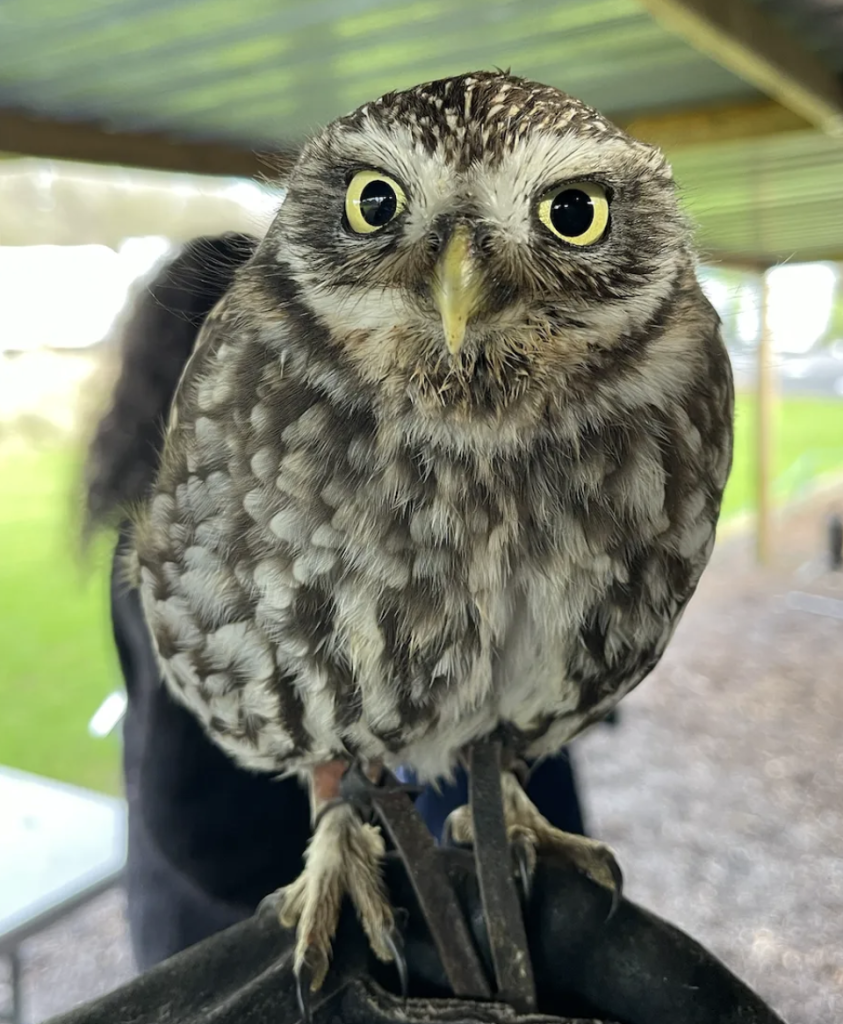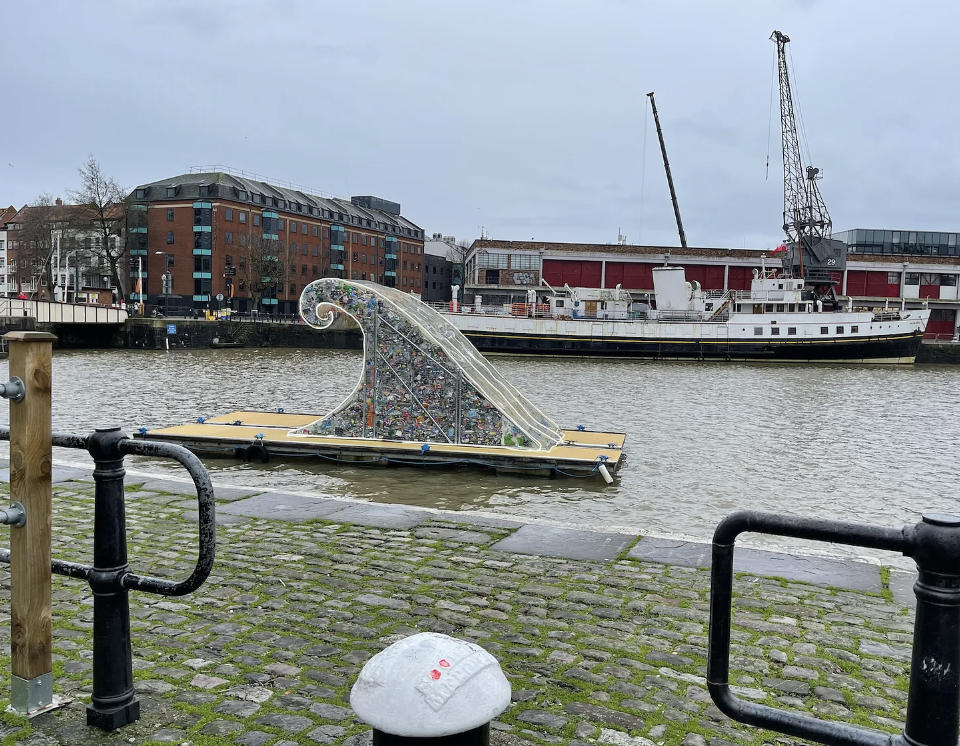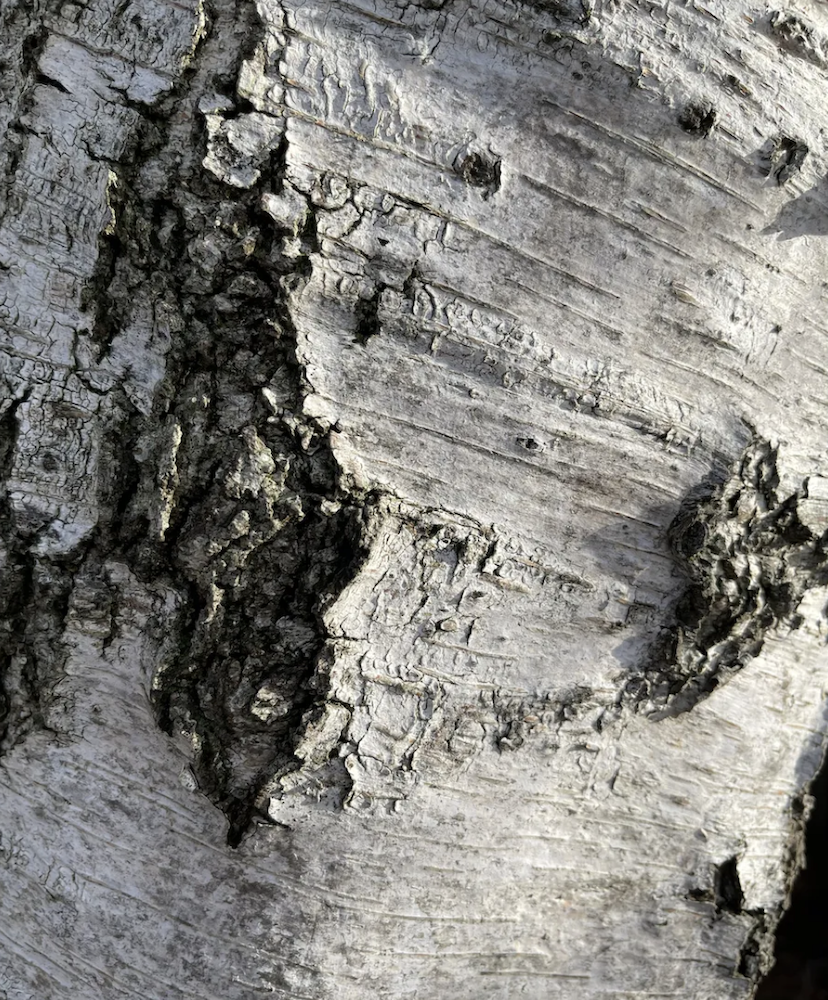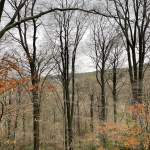On transmedia storytelling
It’s raining in the UK. It rains all the time. We managed to get to the allotment once to sort out the paths (winter and spring lend themselves to the heavier jobs on the plot), but sunny days are ever so rare at the moment. The Birthday woodland walk we planned started in heavy rain and mud – it was a miracle that the weather cleared out by the time we had tea, and still, it was the wind that blew the candle on the cute little cake my friend brought for me.
I spent the morning of my Birthday visiting a local zoo where my spirit animal resides. I met two owls and a hawk and got to hold them too. Little Dotty, the owl, was so bored with the activity. She impressed me with her skills of deduction: she was rather skillfully trying to free herself from my arm. I don’t blame her – most of us want to snuggle up in our homes and rest.

I used that inner need to hide and stayed indoors this week. I visited the Bristol Museum to watch the incredible “Turning Point” short film of liberation. I admired Jasmine Thompson’s incredible mural, “A Movement Not a Moment,” which reminds us that change needs to be nurtured. I love the fact it is grand and is displayed at the Museum entrance, sharing the main hall with Bansky’s “Paint-Pot Angel”. I found that so symbolic.
I visited Arnolfini Arts to check out the current “The Body Is A Place” exhibition. The artist, Bharti Kher, made me giggle with her predictions of the future in her piece “Jumping Through Time”. However, the installation “Another Wave Is Possible” placed on the water in front of the building was hard-hitting and visceral. Seeing a wave of plastic pollution floating on the waters in the heart of Bristol made me incredibly sad.
Finally, last night, we watched the incredible “Tár” – such a powerful investigation of power, as well as a masterpiece (and I do not say this lightly, I am so critical these days), a masterpiece of cinematic work. I am not surprised that the premiere in Venice received a standing ovation. I think everyone working with power should watch this movie. It was so validating to sit in the cinema almost next to my fellow counselling course student and reconnect with her after a few years of separate studies. We can learn through art, and so it was comforting to see a fellow practitioner doing just that.
I learn so much from experiencing art, discussing it with friends and then researching it even more. And now, here, I can share it with you and offer links to all of those images, podcasts and videos so you can experience them, too. Isn’t this incredible?

As you can see, I spend the week reflecting on the power of digital technologies for transmedia storytelling. In the traditional sense, this way of telling a story combines multiple digital platforms and solutions into one central story – for instance, one webpage with multiple formats of stories (text, images, videos, data visualisations, moving graphics and other active web elements etc.). However, for me, transmedia storytelling is how we experience ideas anyway. And so when I experience an art exhibition or a movie, I can also include in the story of that experience additional digital experiences: I can research the background of the event, I can watch interviews with artists, can search for photos posted by other visitors, and I can read a lot of online reviews too. Personally, I really like the more intimate stories of artists – how they arrive at a particular idea and how they hope to execute it. Thanks to the Internet, we can expand our experiences in so many different directions. And we can also connect all those experiences into patterns and make our own meaning out of them. We can educate ourselves. We can feel more connected to the history in the making in our area, in our moment of time.
We can even document it ourselves without much technical skill or the need for editors. We are all scribes of history these days. I do not think people appreciate the power that this possibility carries. If you study the history of any country or civilisation, you know very well that it was formed by the people who were in power to document it. So many voices and so many stories are forgotten! In some cases, they are actively wiped out of history. We spend so much time complaining about social media, yet we forget: never ever did we have so much power to write our own stories and the collective story of our kind.
Transmedia storytelling – whether structured in one peace or distributed across multiple platforms – is our opportunity to use our voice. And just like with a pencil, pen or the printing press, we need to decide how we are and will use those tools.

At least we have them. I think about the birch tree I hugged when I visited the zoo. Her beautiful bark reminded me of the Ojibwe people of North America. These people used the birch bark to start writing down their stories, thus preserving their glorious oral traditions. In fact, this was the practice across the globe. Yet, so many languages and cultures disappeared without any records. I am so glad that we can preserve our cultures so easily now.
(Reflection)
Think about how you experience stories:
Q: What is a story for you? How do you tell the story of your life? What is your story?
Q: How do you experience stories? Are they linear, cyclical, spontaneous or all of the above?
Q: How do you make meaning out of your story and the stories you experience?
Q: Do you document your story and the stories you experience?
Q: What is the role of digital technologies in this process?
(I am going to spend this weekend socialising a bit more than usual and meeting a person who contributed to one of the stories mentioned in this post. And so my transmedia experience continues. I wish you a soft weekend!)
This post was originally posted on Substack in our Syl’s Liberation Psychologies Newsletter.

